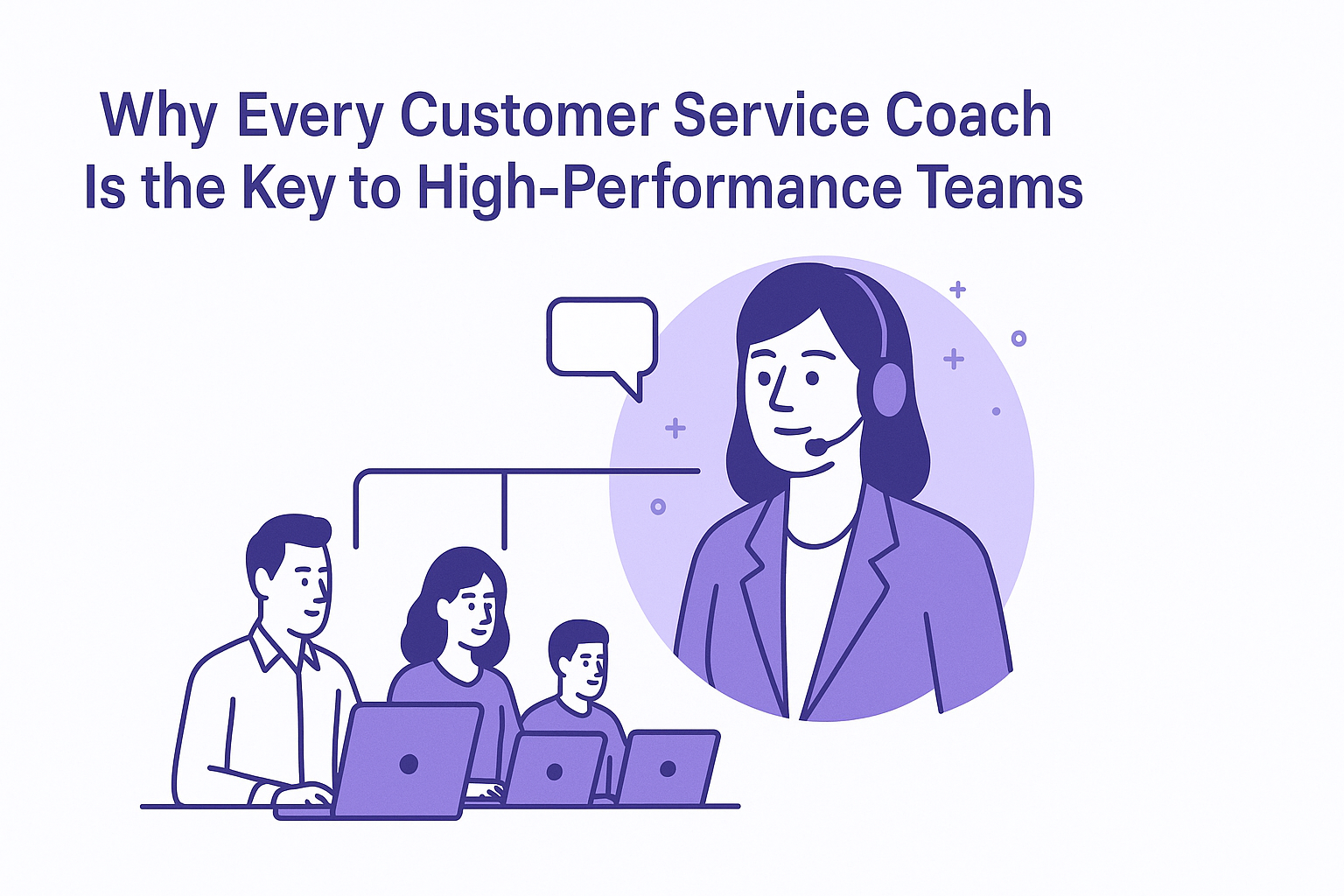Best Customer Experience Case Study: 10 Brands Success
-
Hello Insight
- 10 min read
In today’s highly competitive market, the customer experience case study is more relevant than ever. It’s no longer just about the product; it’s about the entire journey a customer takes with your brand. From the first interaction to long after the purchase, every touchpoint shapes a customer’s perception and loyalty. In fact, research shows that companies that prioritize customer-centricity are up to 60% more profitable. This article will deconstruct the strategies of 10 brands renowned for their exceptional customer experience, offering a playbook of actionable insights you can apply to your own business..
The Importance of Exceptional Customer Experience
Exceptional customer experience is a cornerstone for any brand seeking sustainable growth in today’s competitive market. By focusing on customer needs and preferences, businesses can create memorable interactions that foster loyalty and positive word-of-mouth. Understanding and implementing best practices in customer experience is essential, as it directly impacts retention rates and overall brand perception.
To achieve exceptional customer experience, brands can consider several key aspects:
- Listening Actively: Gathering customer feedback allows brands to understand their audience better. This insight enables companies to make informed decisions that align with customer expectations.
- Personalizing Interactions: Offering tailored experiences enhances customer satisfaction. Personalization can be achieved through targeted recommendations and customized communication.
- Streamlining Processes: Simplifying the customer journey minimizes friction. Efficient processes lead to quicker resolutions and a more enjoyable experience.
- Empowering Employees: Educated and satisfied employees deliver better service. Investing in employee engagement directly contributes to a positive customer experience.
By incorporating these principles, brands are better equipped to transform their customer experiences into a competitive advantage. Top CX Case Studies highlight how effective execution of these strategies can result in remarkable improvements and lasting loyalty.
Overview of the Top customer experience Case Studies
Understanding the top CX case studies reveals invaluable insights into exceptional customer experiences. These case studies exemplify how strategic approaches and innovative techniques can enhance customer satisfaction and loyalty. Each study showcases a unique aspect of customer interaction, demonstrating the critical elements that contribute to a brand’s success in fulfilling customer needs.
1. Dissecting the Zappos customer experience case study
Zappos has become a household name not for its shoes, but for its legendary customer service. Their core philosophy, “Deliver WOW Through Service,” is a company-wide mission. They believe that customer loyalty is built on genuine, human connection, not scripted transactions.
What their CX strategy looks like
- Empowered Employees: Zappos customer service representatives are not measured by call time. They are encouraged to spend as long as it takes to solve a problem and are given the authority to make decisions without needing a manager’s approval.
- The “Wow” Factor: This strategy goes beyond problem-solving. It includes surprising and delighting customers with unexpected gestures, such as free shipping upgrades and personalized follow-up emails.
Key Takeaways:
- Empower your employees to make decisions that benefit the customer.
- Build a company culture where customer service is a core value, not just a department.
2. Chewy’s emotionally resonant customer experience case study
In the crowded pet supply market, Chewy stands out by creating deep emotional bonds with its customers. The brand understands that a pet is part of the family, and their CX strategy is built on empathy and personalization.
What their CX strategy looks like
- Personalized Gestures: Chewy sends handwritten cards, birthday cards for pets, and even hand-painted portraits to its most loyal customers. These small gestures make a huge impact.
- Empathy in Difficult Times: The brand is famous for its compassionate response to customers who have lost a pet, often refunding unused food and sending a bouquet of flowers with a heartfelt condolence note.
Key Takeaways:
- Find ways to build an emotional connection with your customers, turning transactions into relationships.
- Empathetic service creates powerful word-of-mouth marketing and builds an enduring brand reputation.
3. The Ritz-Carlton’s luxury customer experience case study
The Ritz-Carlton is a masterclass in anticipatory service. Their CX strategy is centered on a philosophy of “Ladies and Gentlemen serving Ladies and Gentlemen,” where every employee is trained to anticipate and fulfill unexpressed guest wishes.
What their CX strategy looks like
- The “Ritz-Carlton Mystique”: Each employee is empowered with a budget to “wow” a guest, allowing them to instantly resolve issues or create memorable moments without approval.
- Personalized Profiles: Guest preferences, from the type of pillow they prefer to their favorite newspaper, are recorded in a detailed profile and shared across all properties, ensuring a consistent and personalized experience on every visit.
Key Takeaways:
- Train your team to anticipate customer needs, not just react to them.
- Leverage customer data to personalize every interaction, creating a seamless and premium experience.
4. How Apple built its customer experience case study
Apple’s customer experience is legendary for its seamless integration of in-store and online services. The Genius Bar, a staple of their retail locations, is a perfect example of their customer-first approach to support.
What their CX strategy looks like
- The Genius Bar: This innovative service model provides customers with expert, face-to-face technical support. It transforms what could be a frustrating experience into a positive, educational one.
- Retail as a “Town Square”: Apple has redesigned its stores to be more than just retail outlets. They serve as community hubs where customers can learn, get support, and engage with the brand, fostering a sense of community and loyalty.
Key Takeaways:
- Turn your support into a competitive advantage by making it a positive and empowering experience.
- Think of your physical locations as community centers, not just sales floors.
5. Trader Joe’s unique customer experience case study
Trader Joe’s has built a cult-like following by focusing on an in-store experience that feels human, friendly, and fun. Their success is driven by an employee-centric culture that translates directly to the customer.
What their CX strategy looks like
- Employee-Driven Culture: Employees wear Hawaiian shirts and are trained to be friendly, helpful, and personable. They are encouraged to chat with customers and recommend products they genuinely enjoy.
- No-Hassle Policies: The brand’s generous and hassle-free return policy, where you can return anything for any reason, builds immense trust and eliminates customer friction.
Key Takeaways:
- A positive employee experience is the foundation of an excellent customer experience.
- Reduce customer friction points, such as returns, to build trust and long-term loyalty.
6. Starbucks’ personalized customer experience case study
Starbucks has mastered the art of personalization and community building, transforming a simple coffee purchase into a daily ritual. Their mobile app and rewards program are central to this strategy.
What their CX strategy looks like
- Mobile App and Loyalty Program: The Starbucks Rewards app allows for seamless ordering, payment, and rewards. It uses data to personalize offers and suggest new products, making customers feel individually valued.
- Building a “Third Place”: Starbucks locations are intentionally designed to be a comfortable space between home and work. The brand fosters a sense of community, making it more than just a place to buy coffee.
Key Takeaways:
- Use technology to create a personalized and convenient experience for your most loyal customers.
- Build a sense of community around your brand to increase engagement and loyalty.
7. Warby Parker’s innovative customer experience case study
Warby Parker disrupted the eyewear industry with an innovative and seamless omnichannel strategy. They merged the convenience of online shopping with the tactile experience of brick-and-mortar retail.
What their CX strategy looks like
- Home Try-On Program: This program allows customers to select five frames online and have them shipped to their home for a five-day trial, eliminating the risk of buying glasses online.
- Omnichannel Integration: The brand’s physical stores complement the online experience, offering in-person eye exams and personalized styling advice, while their digital tools allow for virtual try-ons.
Key Takeaways:
- Eliminate purchase barriers and make it easy for customers to try your products.
- Create a consistent, seamless experience across all channels—online, in-store, and mobile.
8. How Patagonia’s values drive its customer experience case study
Patagonia’s brand is built on its core values of environmentalism and high-quality products. Their customer experience is an authentic reflection of these values, fostering a deep connection with a purpose-driven audience.
What their CX strategy looks like
- The Ironclad Guarantee: Patagonia stands by its products with a robust guarantee that allows customers to return or repair items, reinforcing the brand’s commitment to durability and sustainability.
- Worn Wear Program: This initiative encourages customers to repair, buy used, or trade in old gear, actively promoting a circular economy and strengthening the brand’s bond with its eco-conscious community.
Key Takeaways:
- Ensure your customer experience authentically reflects your brand’s core values.
- Build loyalty by empowering your customers to align with your mission.
9. Southwest Airlines’ empowering customer experience case study
Southwest Airlines has cultivated a legendary reputation for its fun, friendly, and reliable service. The foundation of their success is a company culture that prioritizes employee happiness, which in turn, creates a superior customer experience.
What their CX strategy looks like
- Happy Employees, Happy Customers: Southwest hires for personality and attitude, training its “cohearts” to be themselves. This creates a genuine and positive interaction at every touchpoint.
- Employee Empowerment: Flight attendants are encouraged to be creative and funny during safety announcements, and ground crews are empowered to handle customer issues with a can-do attitude, leading to memorable and positive experiences.
Key Takeaways:
- Invest in your employees and create a culture where they feel valued and happy.
- Allow your team to inject personality into their work, making every interaction unique and memorable.
10. Netflix’s hyper-personalized customer experience case study
Netflix revolutionized entertainment by mastering the art of hyper-personalization. Their CX strategy is driven by a powerful recommendation engine that makes every user’s experience feel uniquely tailored to their tastes.
What their CX strategy looks like
- The Recommendation Engine: Netflix’s algorithm analyzes viewing history, ratings, and even time of day to suggest content with astonishing accuracy. This not only increases viewing time but also reduces customer churn.
- Personalized Thumbnails: The platform uses A/B testing to show different thumbnails for the same movie based on a user’s viewing habits, ensuring the most appealing image is always presented to them.
Key Takeaways:
- Leverage data and AI to personalize your service, making customers feel understood and valued.
- Optimize every aspect of the user experience to reduce friction and increase engagement.
Frequently Asked Questions
What defines a good customer experience case study
A good customer experience case study analyzes a brand’s strategy and breaks down the specific actions and principles that lead to customer loyalty and business success.
Why is customer experience so important for brands?
Customer experience is a key differentiator in today’s market. It goes beyond pricing or product features to build emotional connections and trust.
What is the role of technology in customer experience?
Technology plays a crucial role in enhancing customer experience through personalization, convenience, and efficiency. This includes using AI for recommendation engines, mobile apps for seamless transactions, and data analytics to understand customer behavior and preferences.






